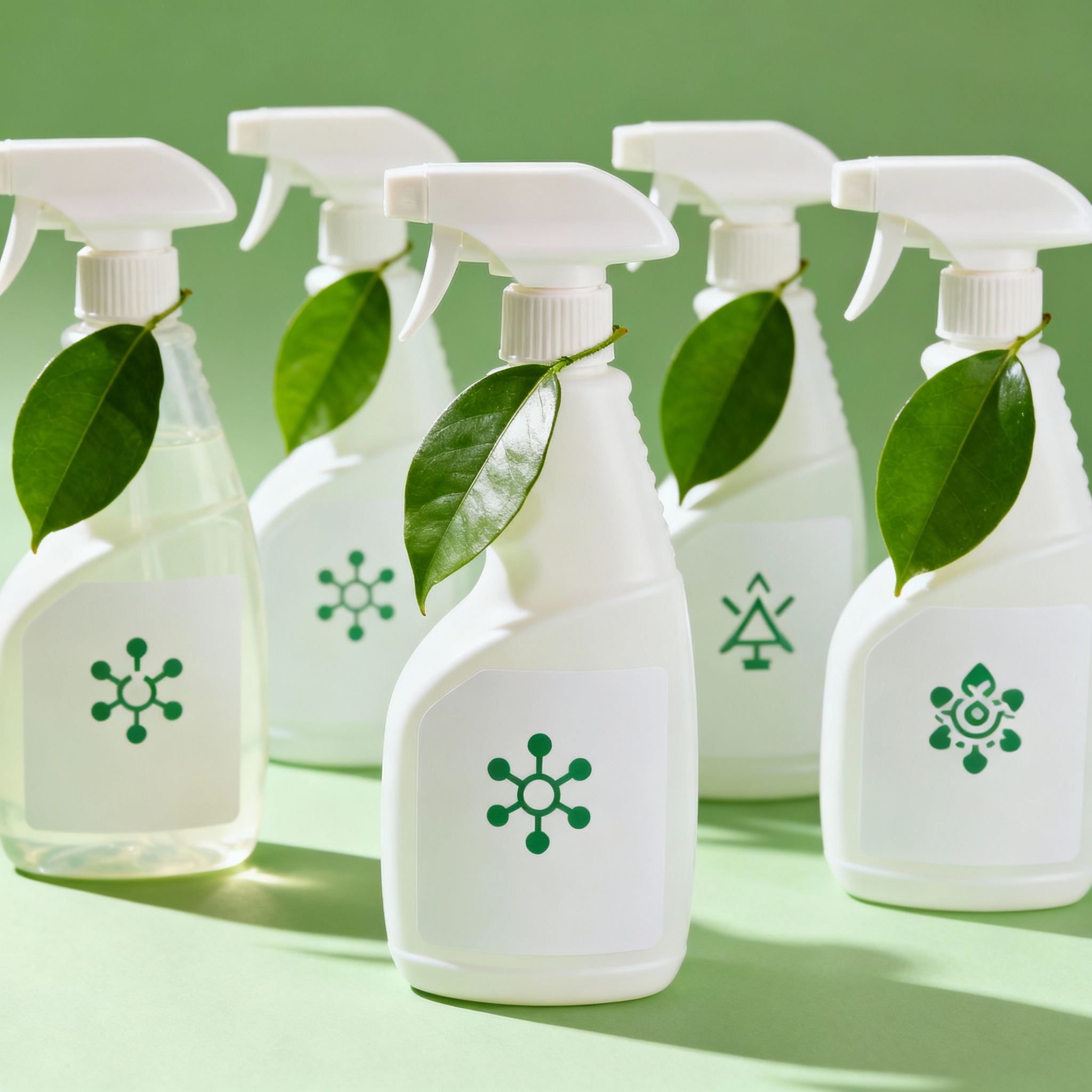Eco-friendly cleaning products powered by enzymes, biodegradable surfactants, and biobased solvents deliver high-performance cleaning while safeguarding human health and the planet.
Environmental concerns and consumer demand are driving a shift from harsh chemicals toward green formulations. By leveraging the power of natural catalysts and plant-derived ingredients, next-generation cleaners achieve exceptional soil removal, stain elimination, and surface care—all with minimal ecological impact.
Why Enzymes, Surfactants, and Bio-Solvents?
Enzymes are biological molecules that speed up the breakdown of organic soils such as proteins, starches, and fats. Common enzyme classes in cleaners include:
Biodegradable Surfactants lower surface tension to lift dirt and allow water to rinse it away. Plant-derived surfactants from coconut or corn (e.g., alkyl polyglucosides, sodium lauryl ether sulfate) degrade rapidly in wastewater, preventing aquatic toxicity.
Bio-Solvents (e.g., d-limonene from citrus peels, ethyl lactate from corn) dissolve greasy soils and adhesives without the VOC concerns of petroleum solvents. They are renewable, non-flammable, and often impart a pleasant citrus or mild odor.
Key Benefits
Safety
Gentle on skin and respiratory systems; free of bleach, ammonia, and phthalates.Performance
Effective across temperatures and surfaces, from kitchen counters to laundry.Biodegradability
Rapid mineralization prevents bioaccumulation and aquatic harm.Carbon Footprint Reduction
Sourced from renewable feedstocks and lower processing energy.
Formulation Highlights
Multi-Enzyme Laundry Booster
Blend protease, amylase, and cellulase to target common clothing stains.
Works in cold water to save energy.
All-Purpose Surface Spray
Coconut-derived surfactant base plus a dash of d-limonene.
pH-balanced for sealed wood, stone, and stainless steel.
Heavy-Duty Degreaser Gel
Thickened with natural gums; lipase enzyme and bio-solvent tackle oven grime and engine oil.
Dishwashing Powder
Alkyl polyglucoside for grease cutting, protease for baked-on food, plus citric acid for mineral scale removal.
Usage Tips
Temperature Matters: Enzymes perform best between 30–50 °C.
Contact Time: Allow enzyme formulations 5–10 minutes on tough soils before wiping.
Storage: Keep enzyme products in cool, dry conditions to preserve activity.
Rinse Thoroughly: While formulations are biodegradable, a full rinse ensures no residue remains on food-contact surfaces.
Sustainability and Certifications
Leading green cleaning brands pursue biodegradable content, renewable sourcing, and stringent toxicity limits. Look for these symbols when selecting products.
By embracing enzyme catalysis, biodegradable surfactants, and bio-solvents, homeowners and businesses can achieve pristine cleanliness without compromising environmental integrity. For a deeper dive into specific formulations or DIY recipes, explore specialized supplier guides and industry white papers.

No comments:
Post a Comment